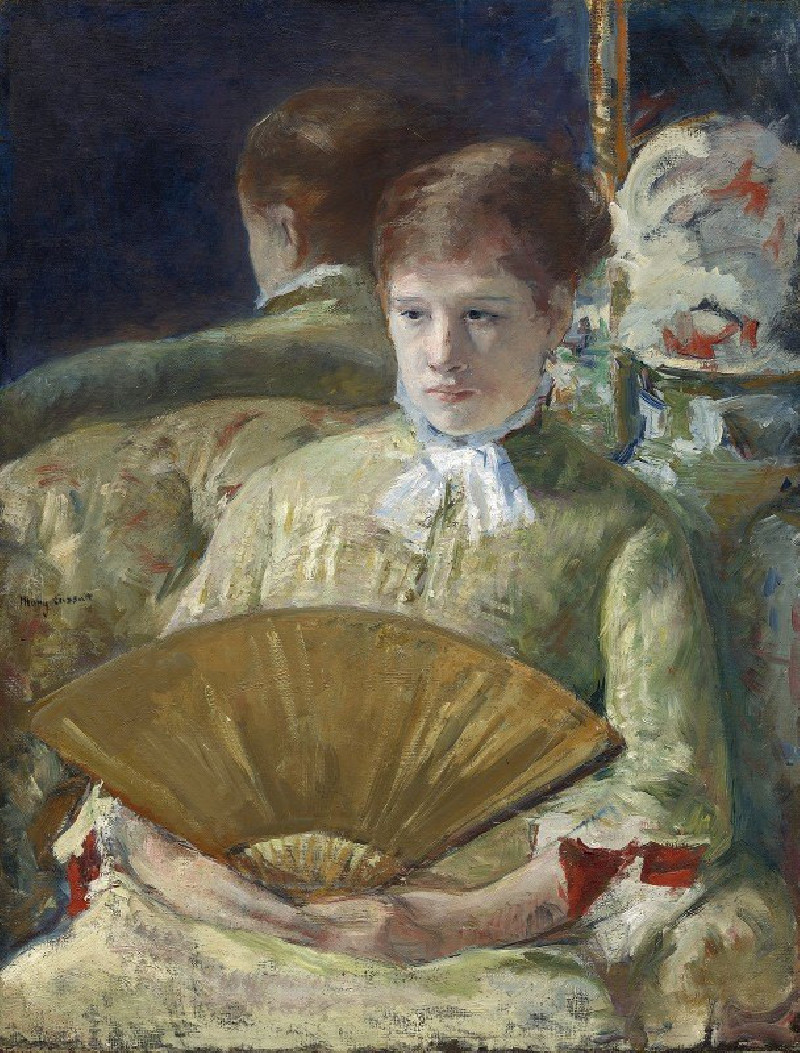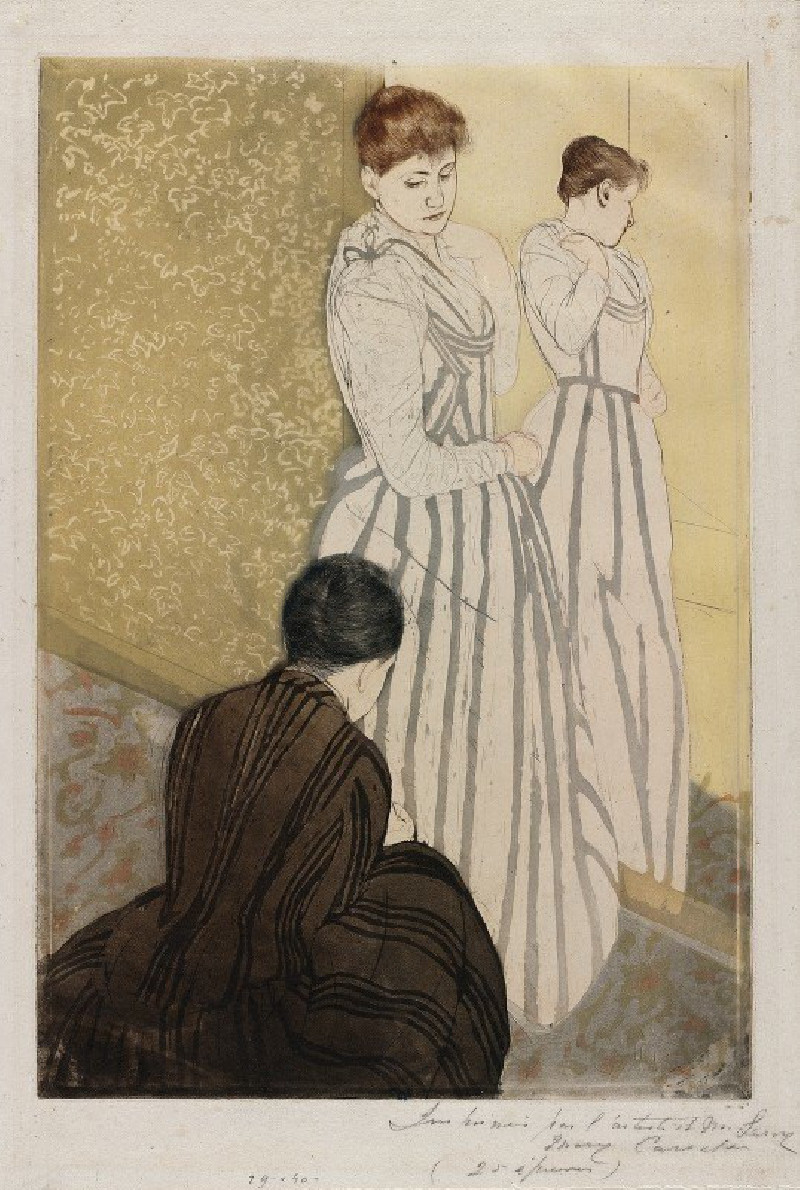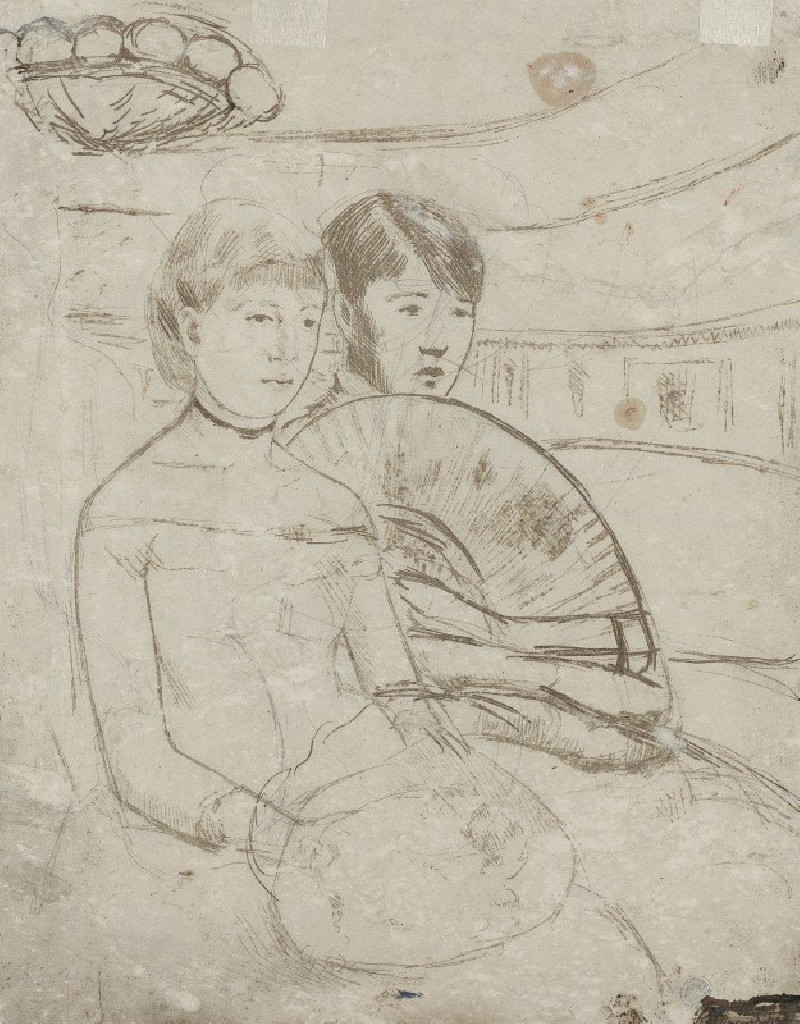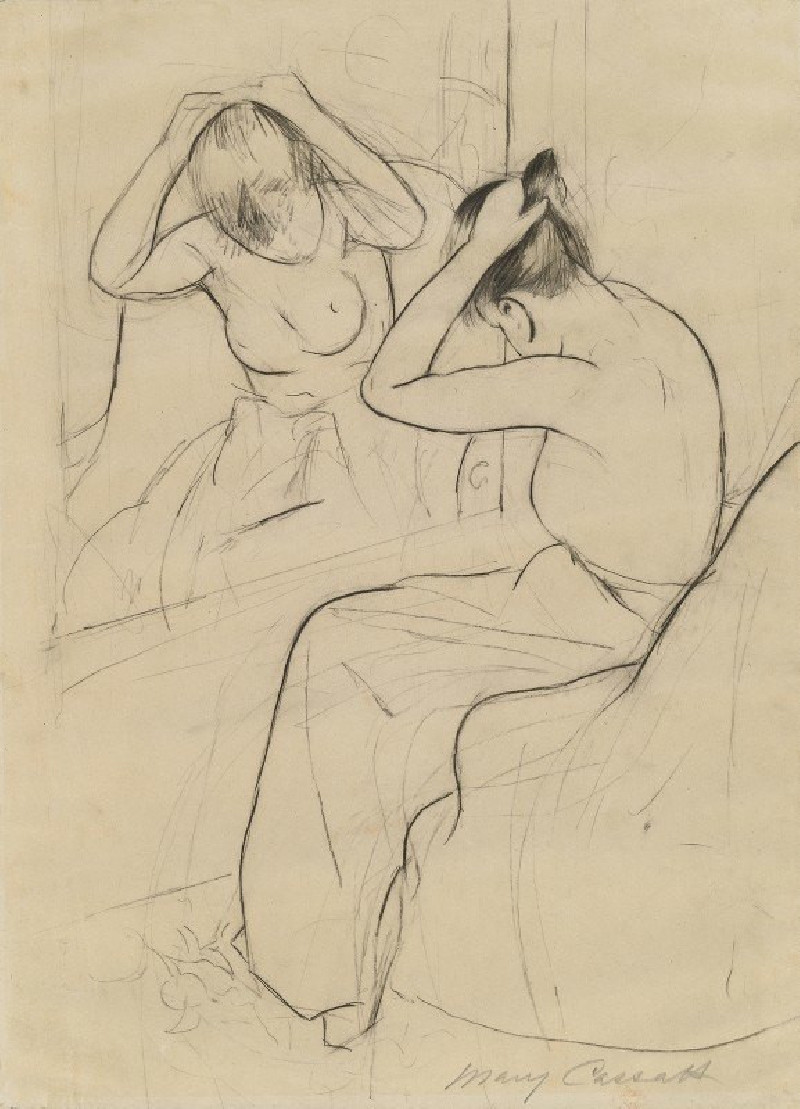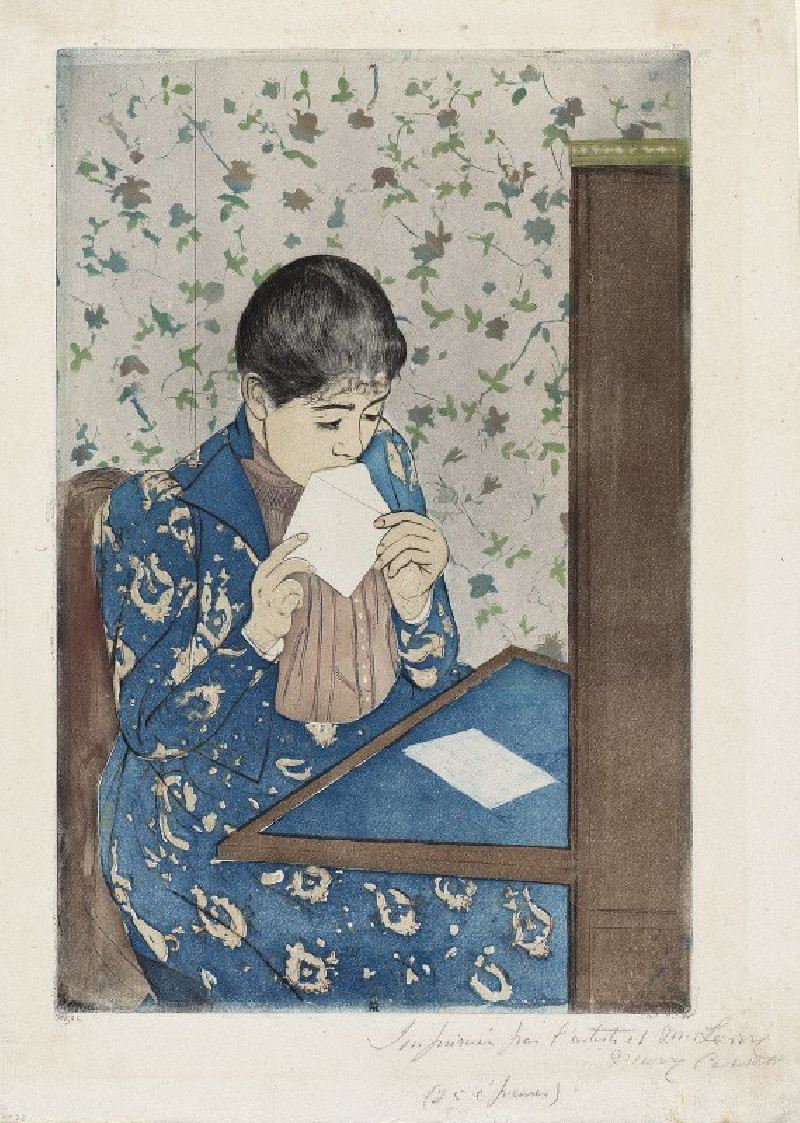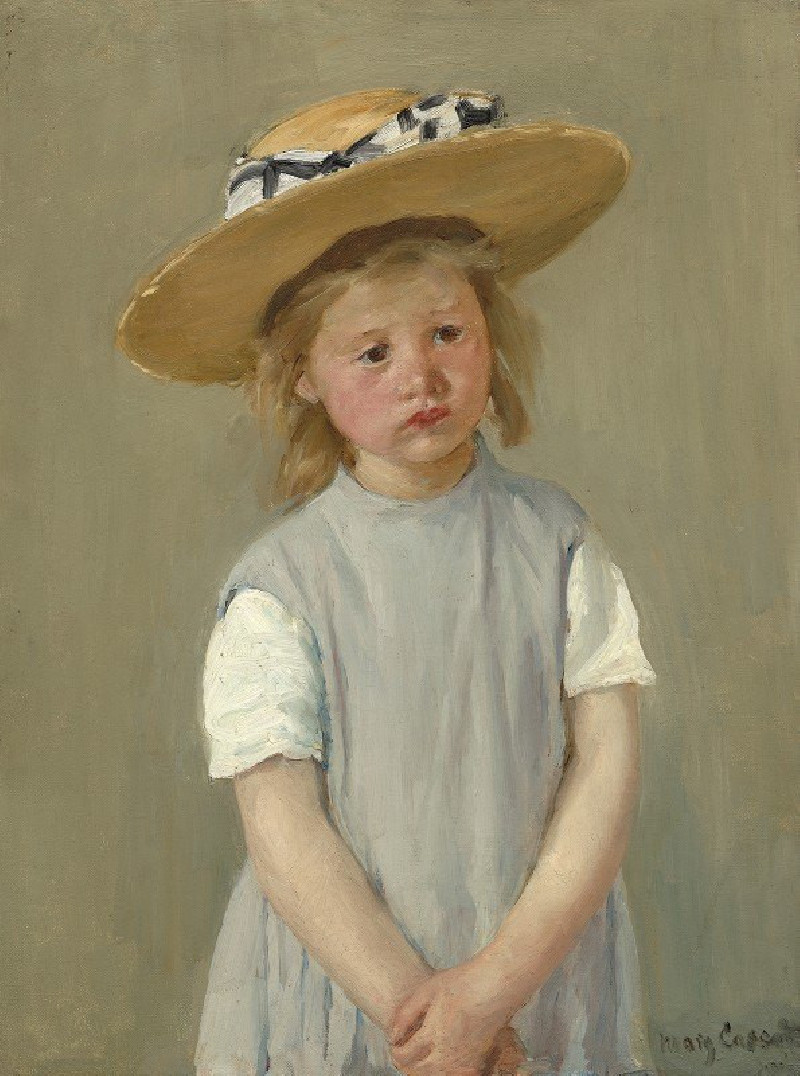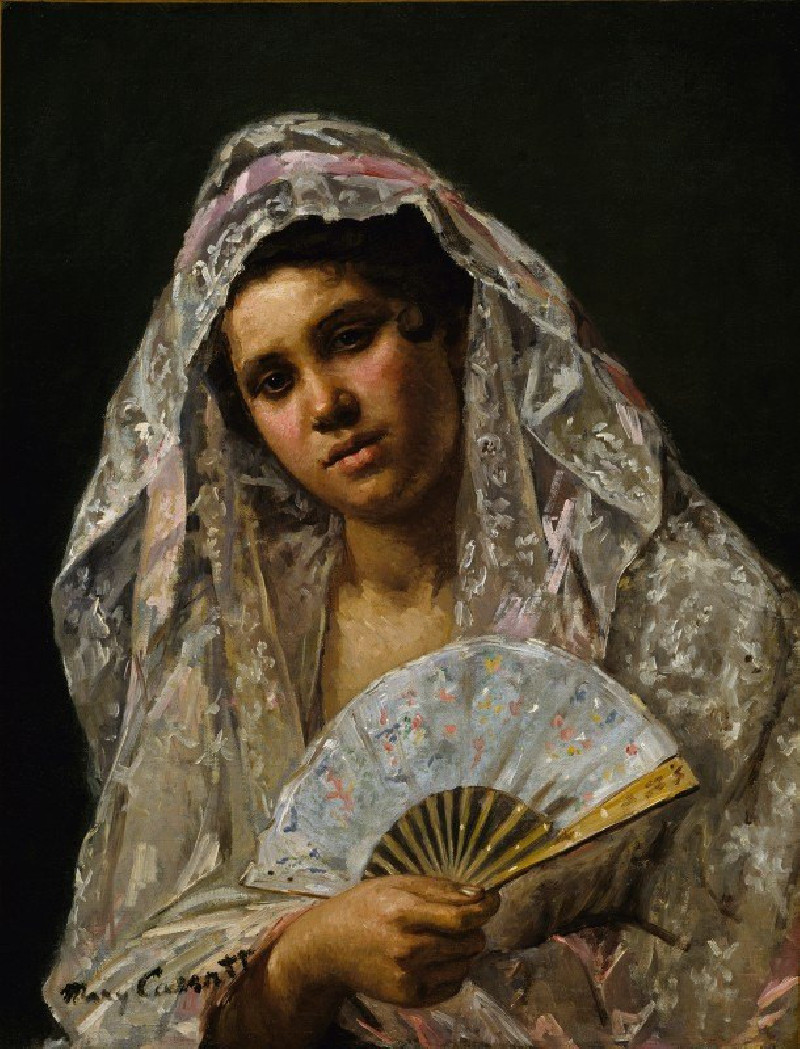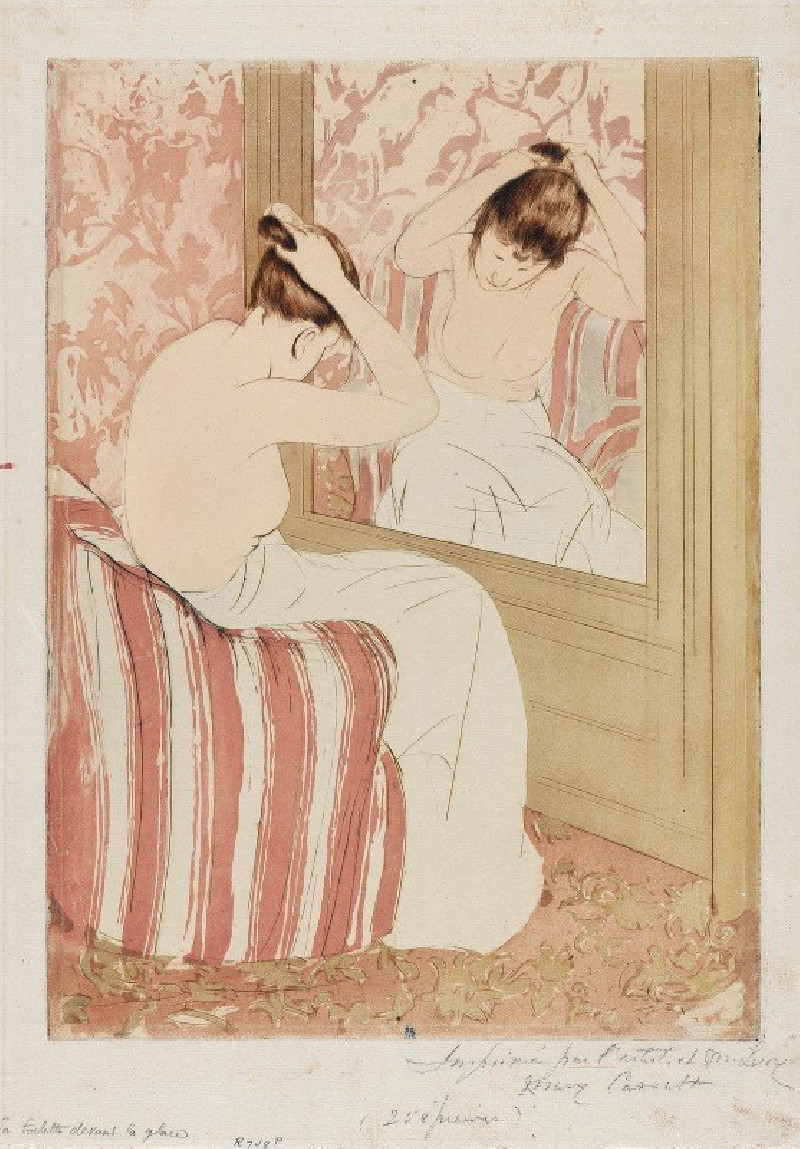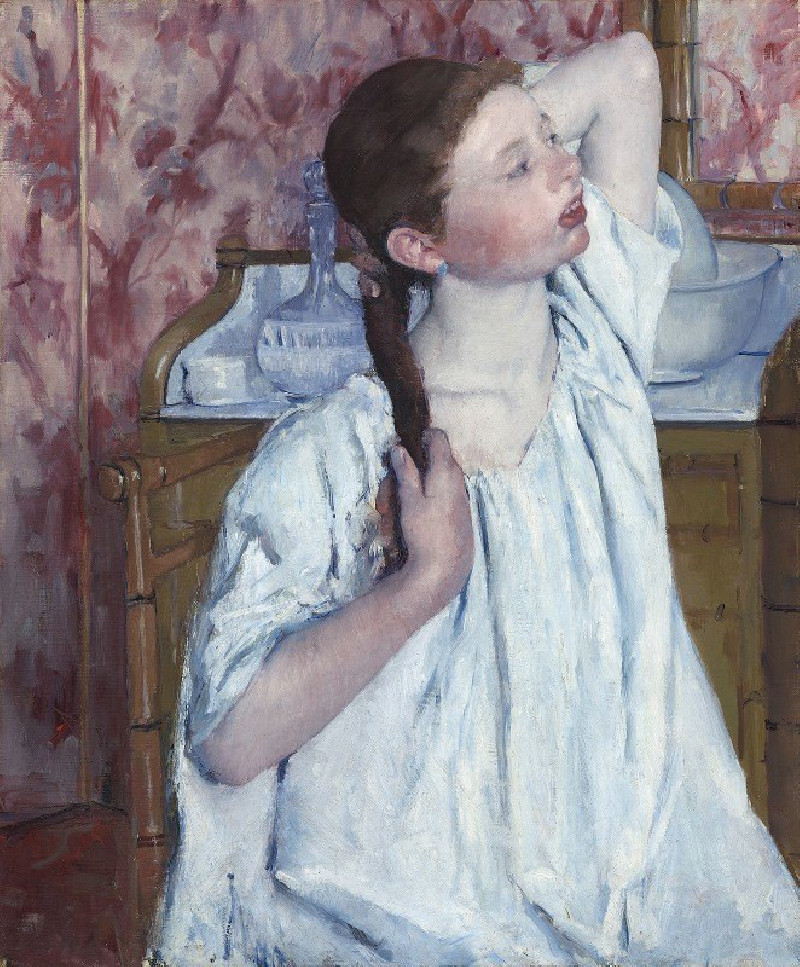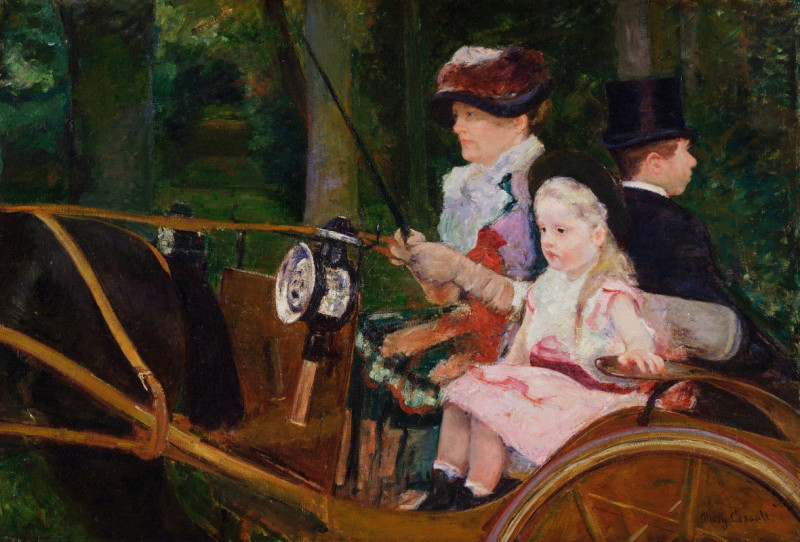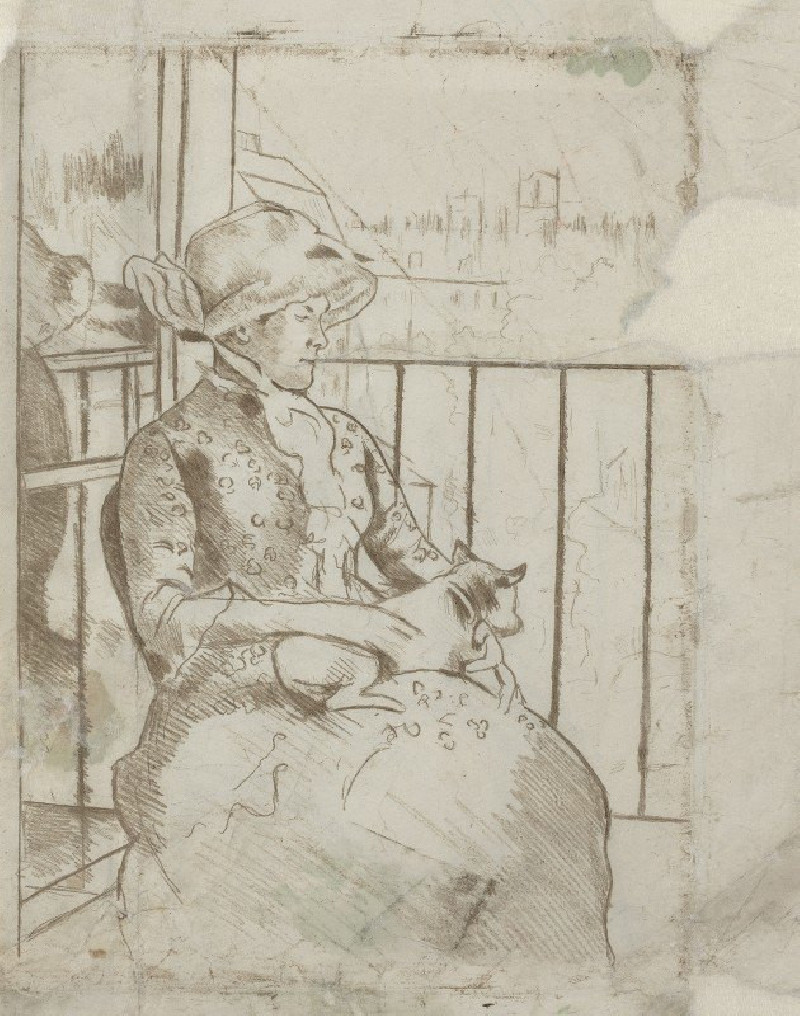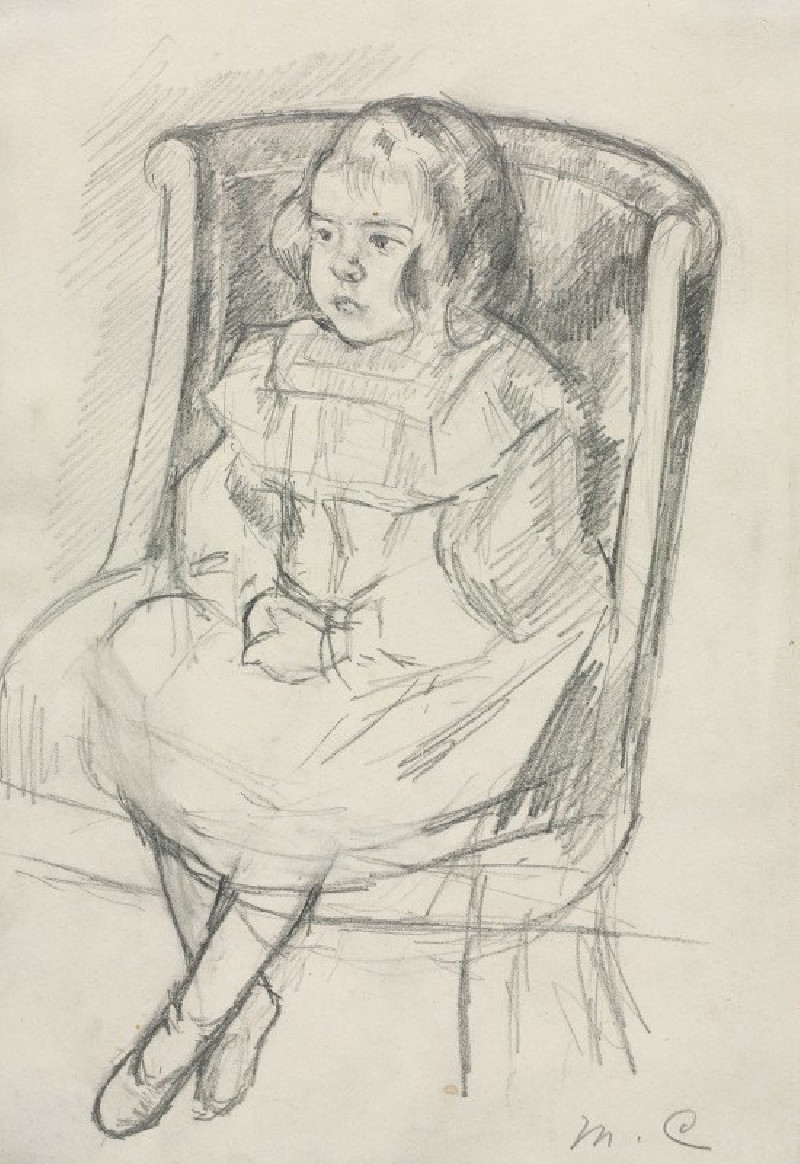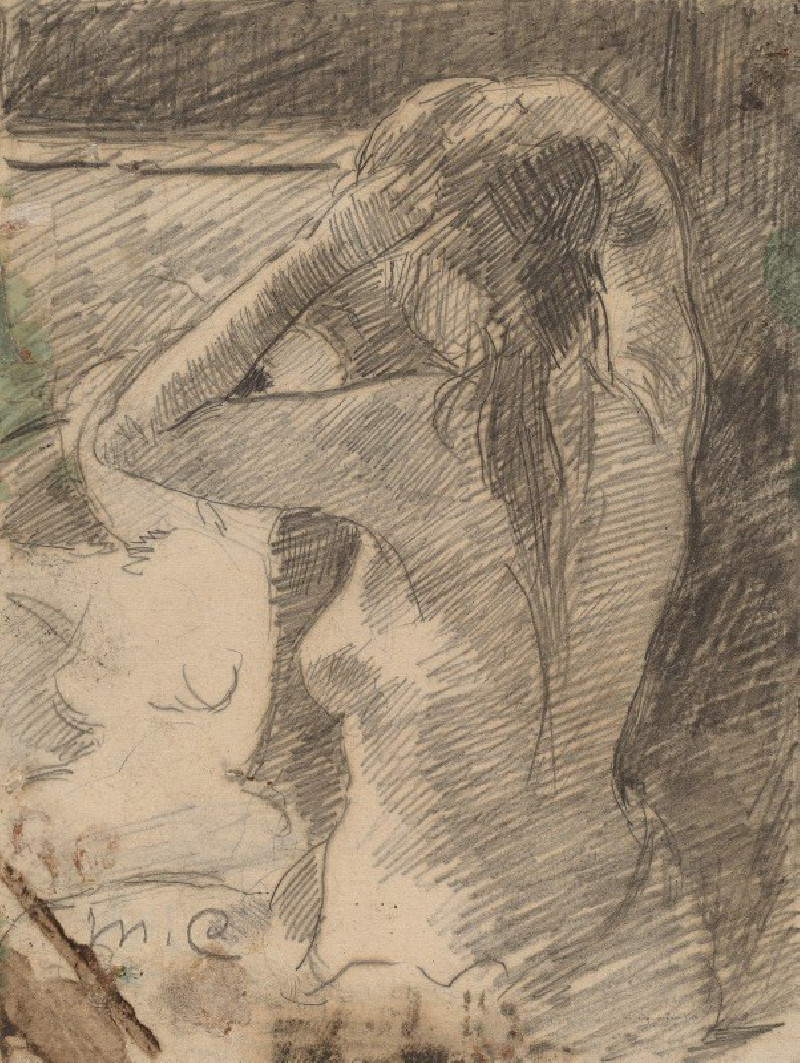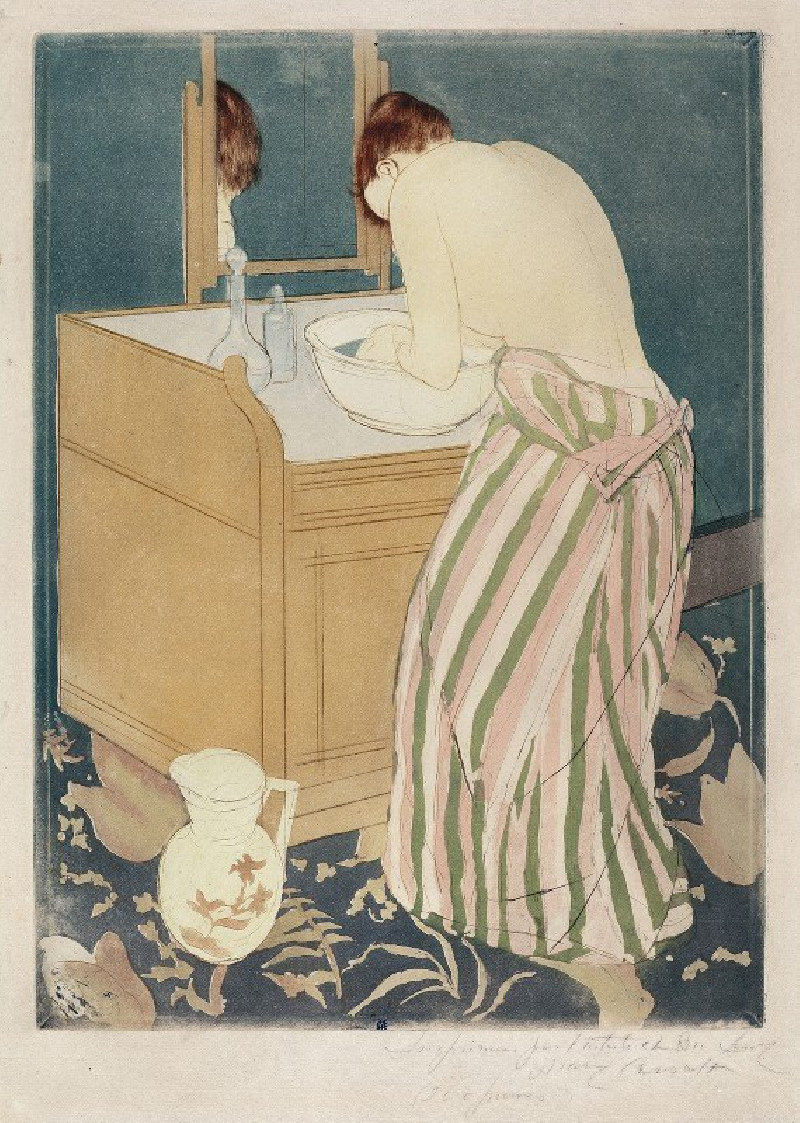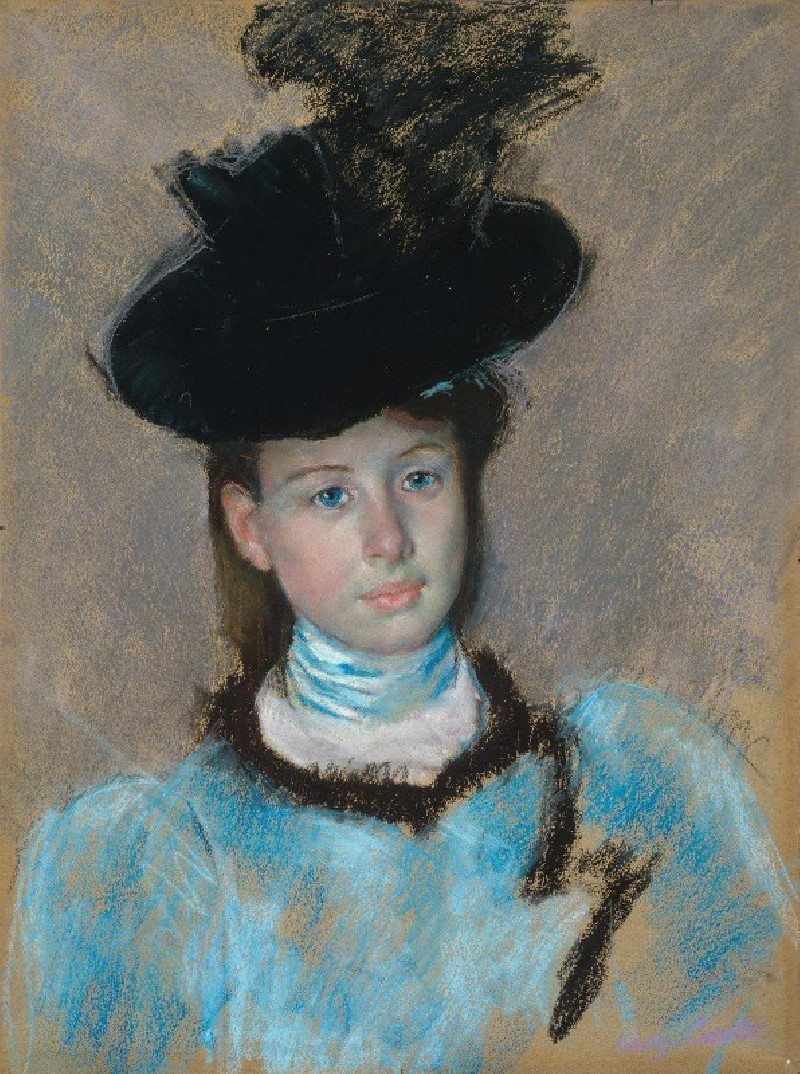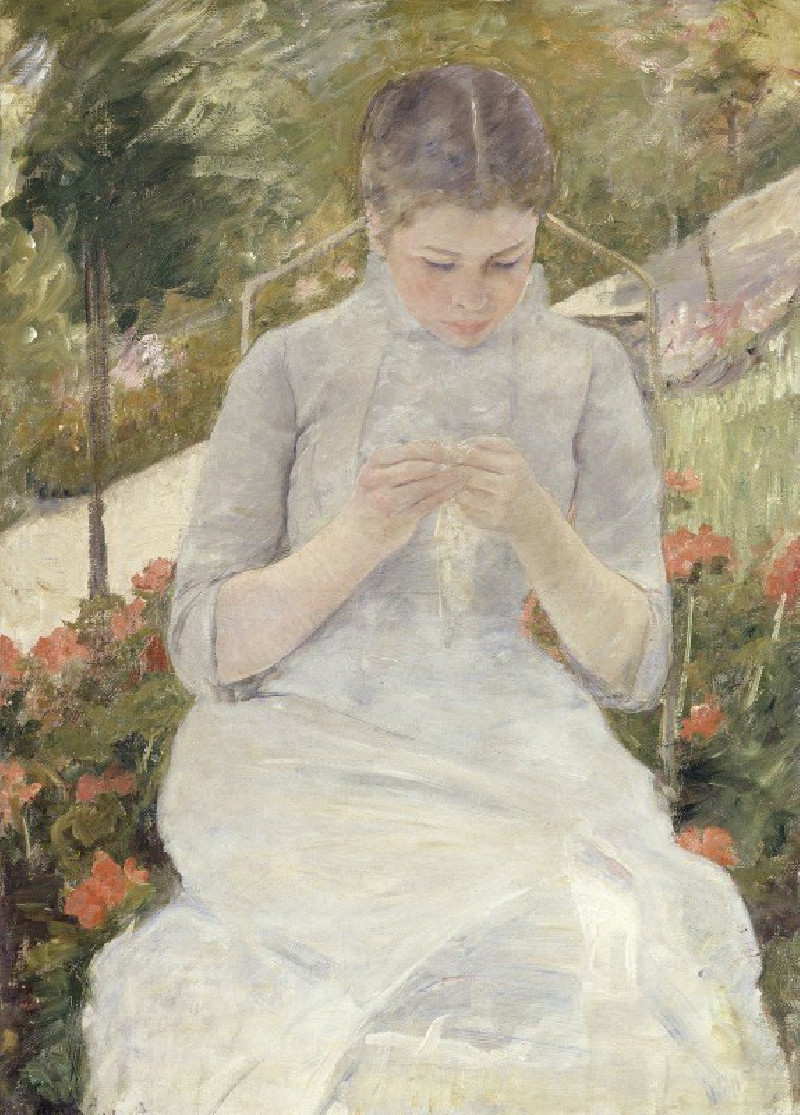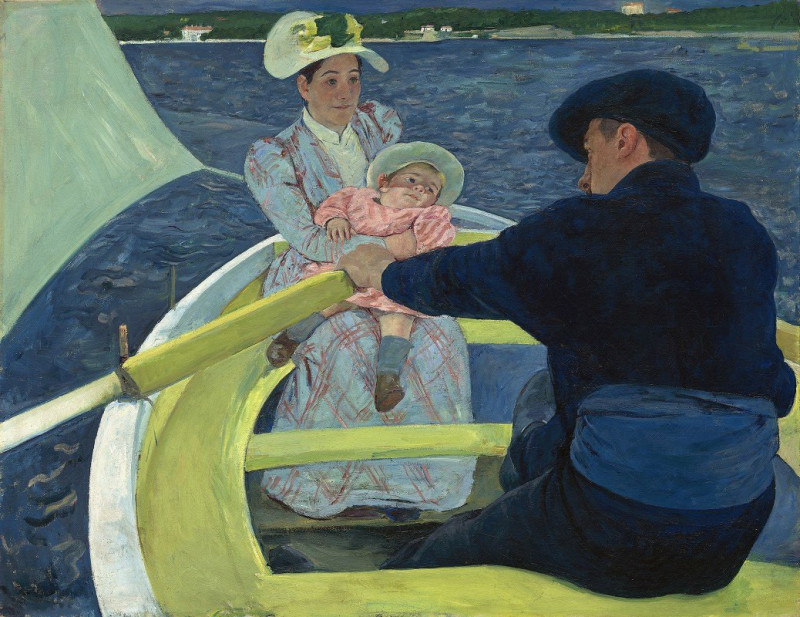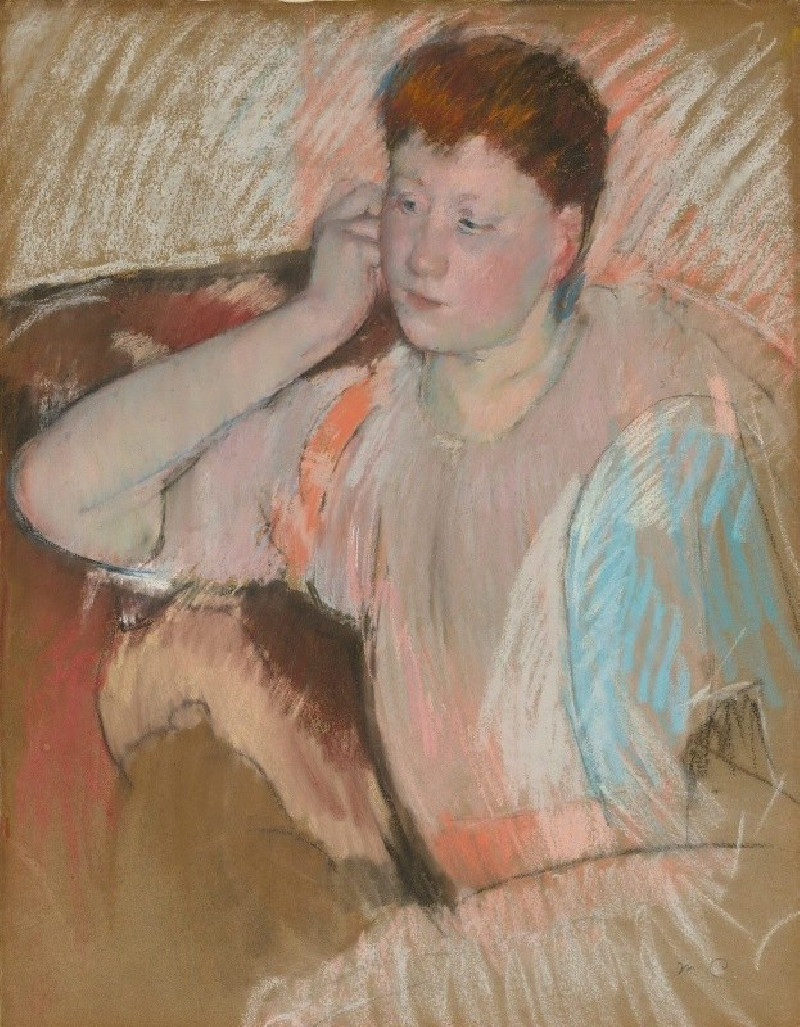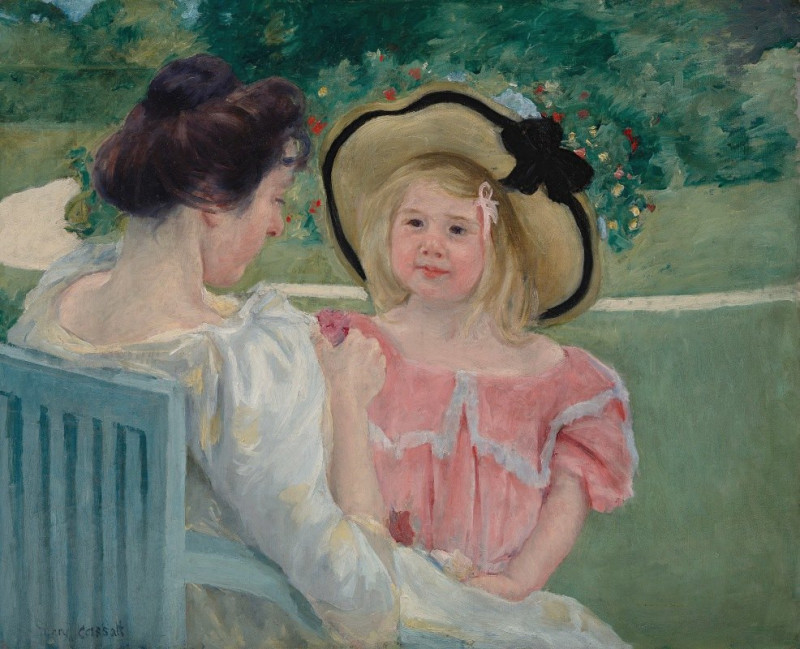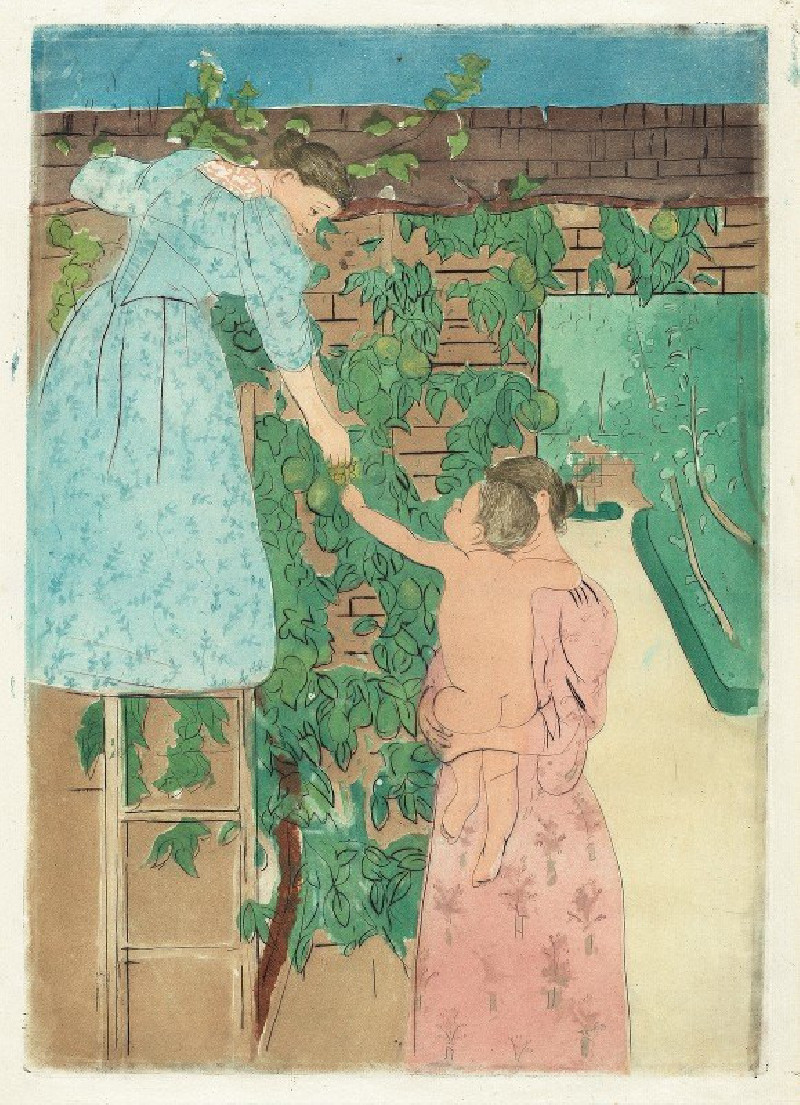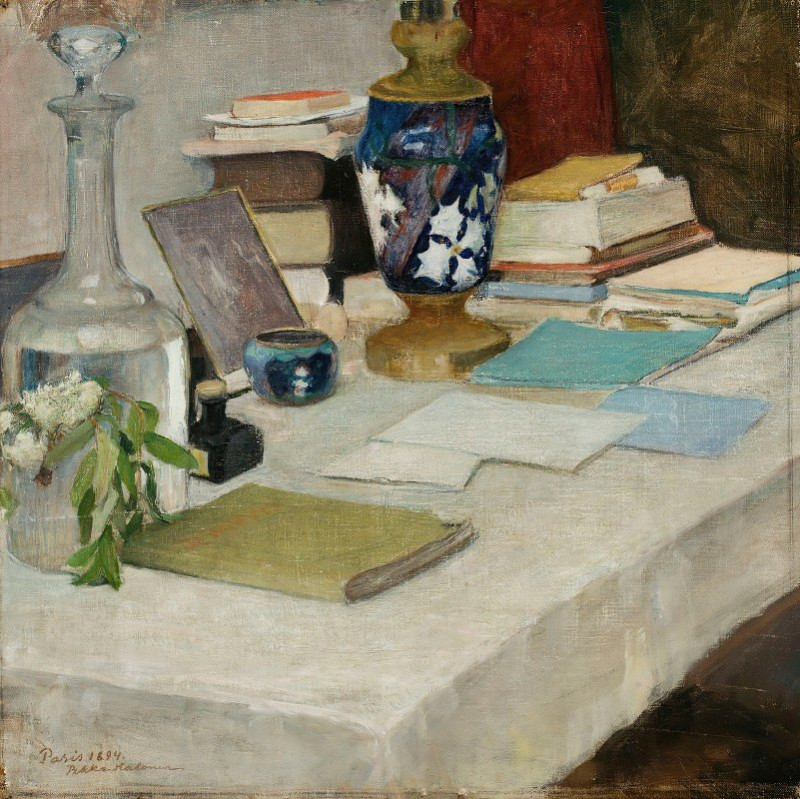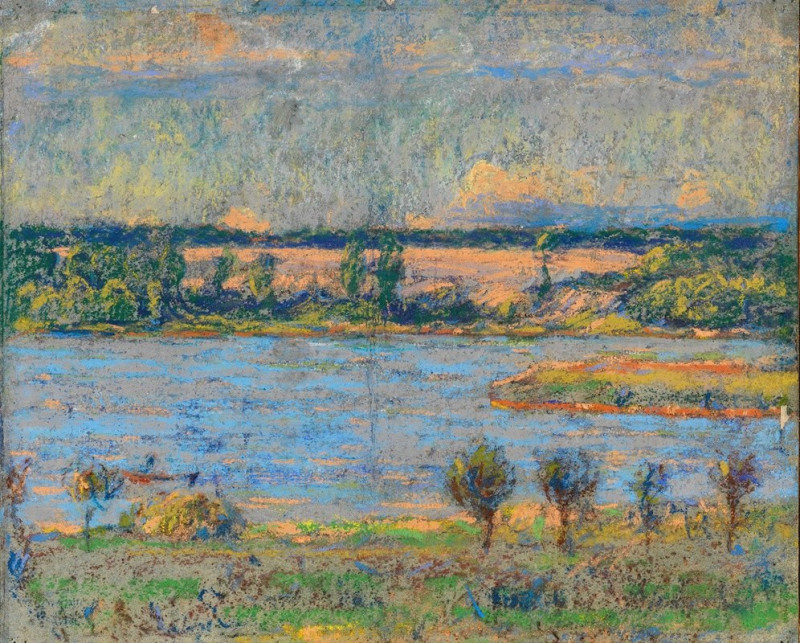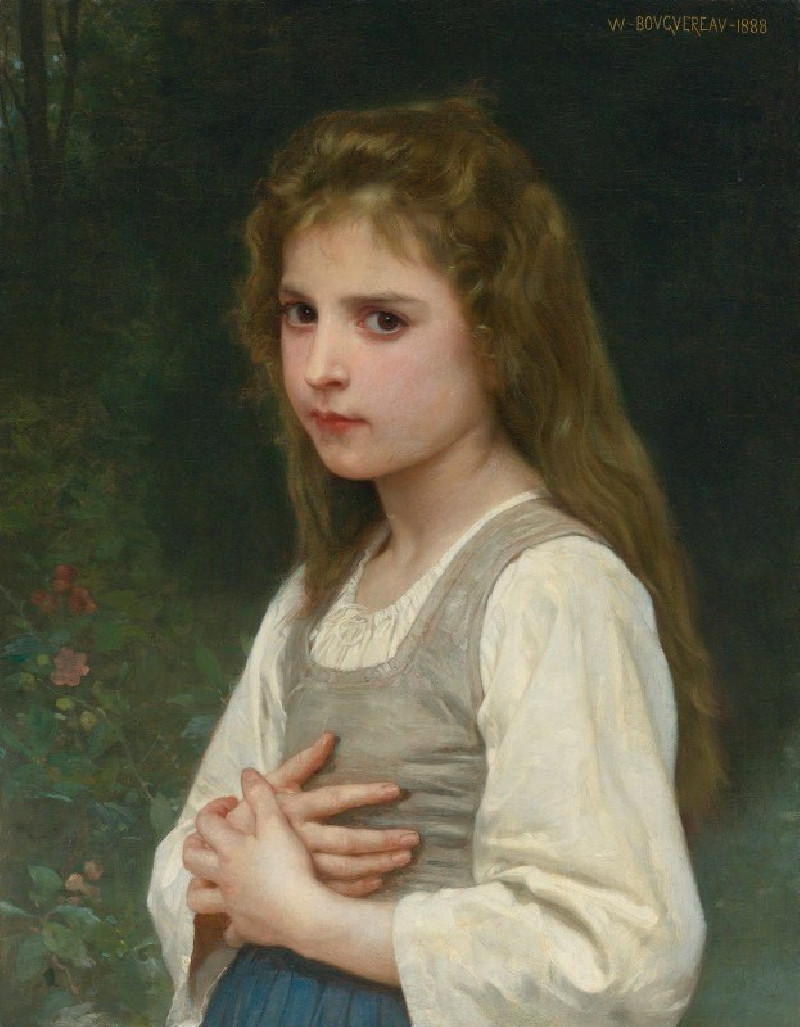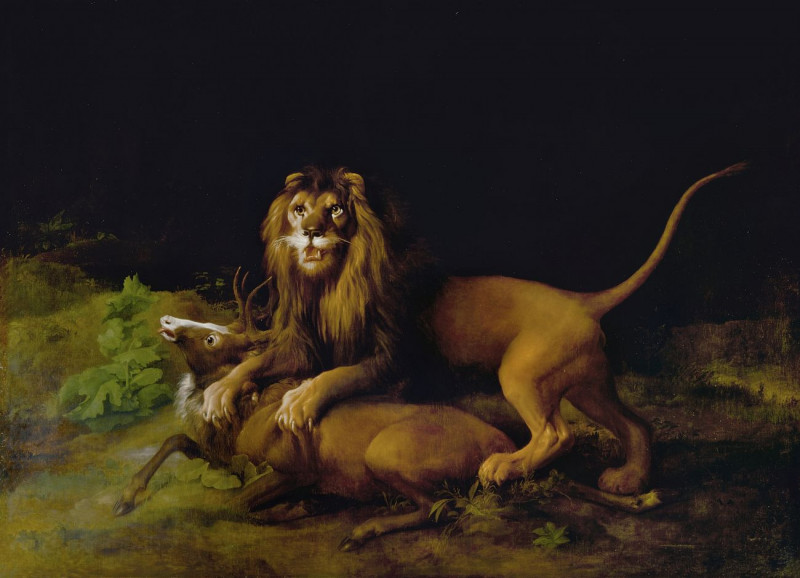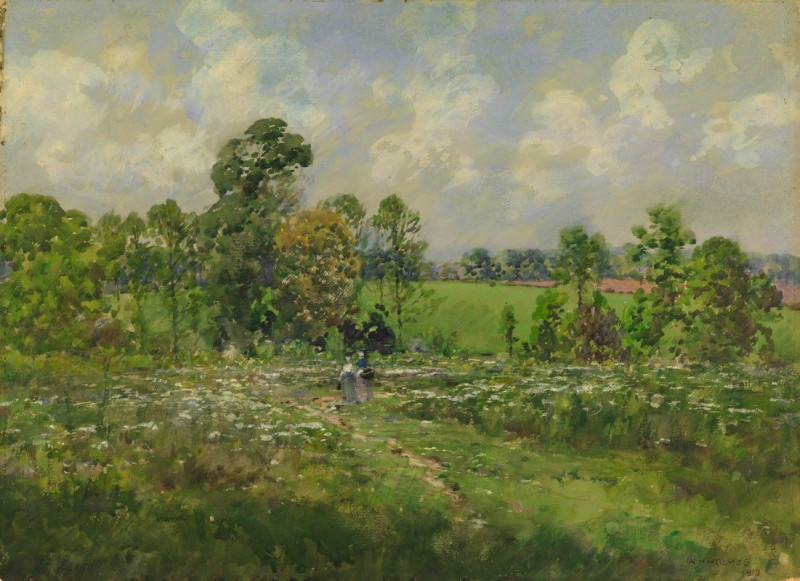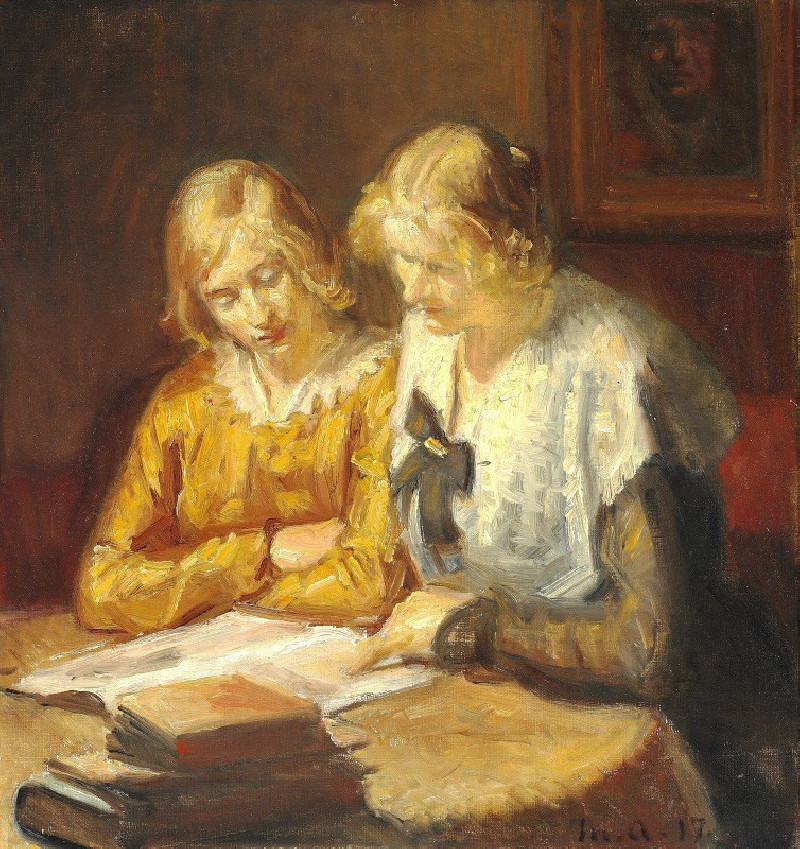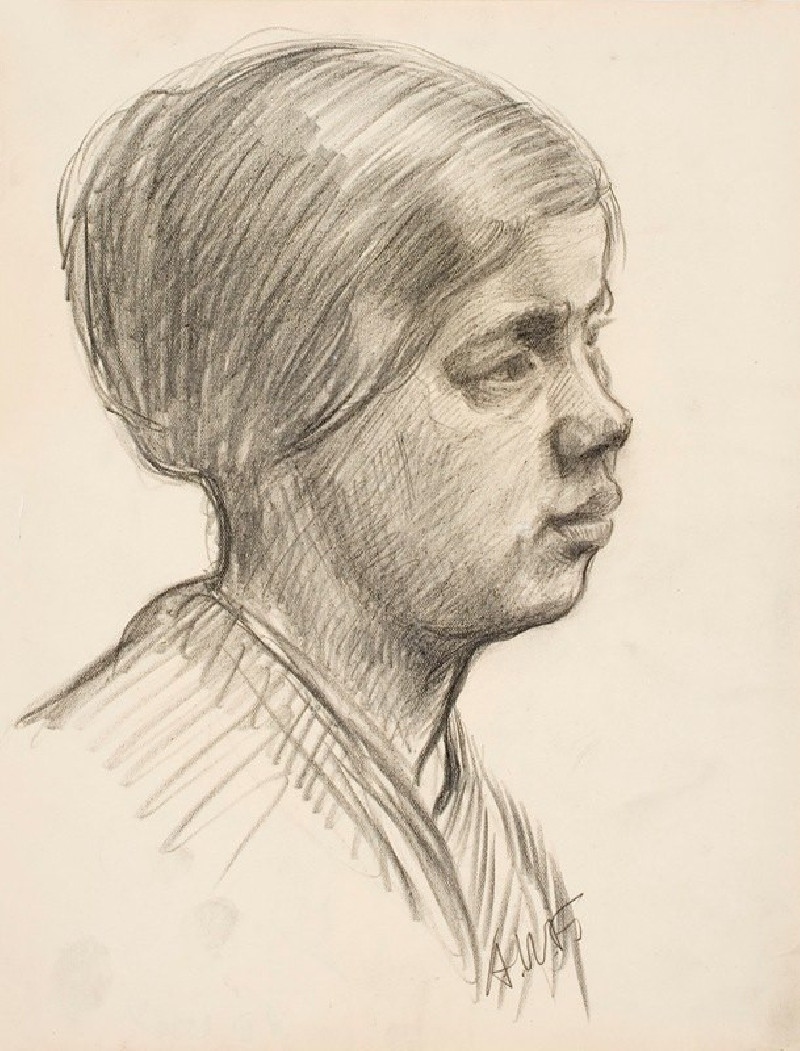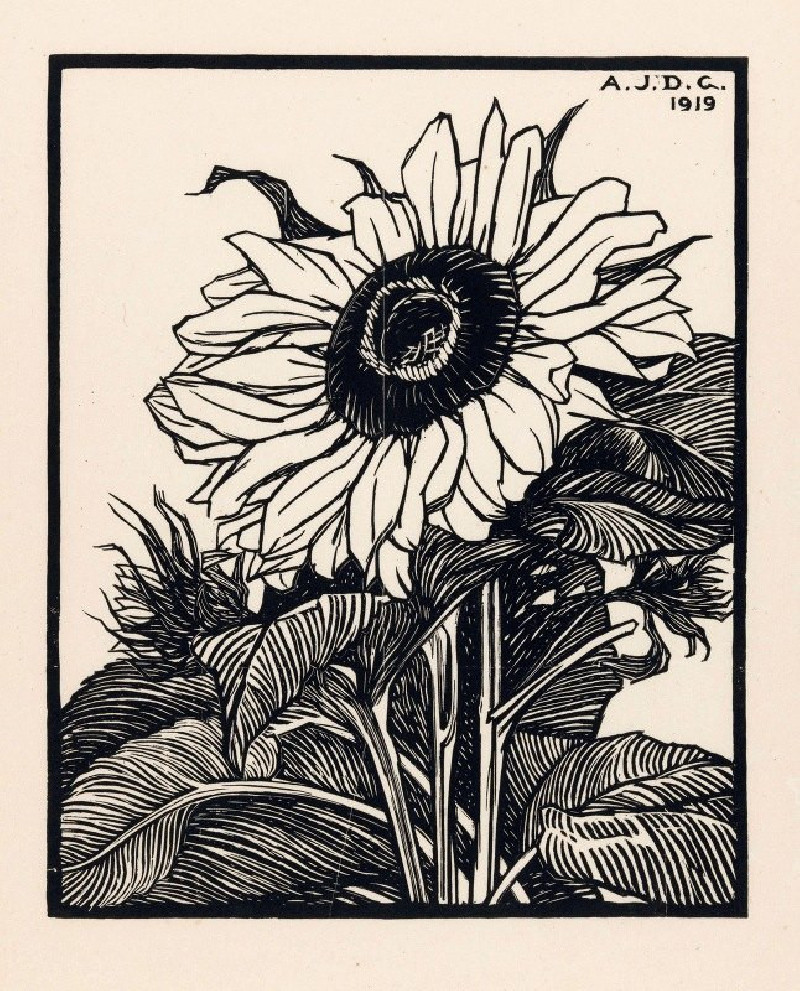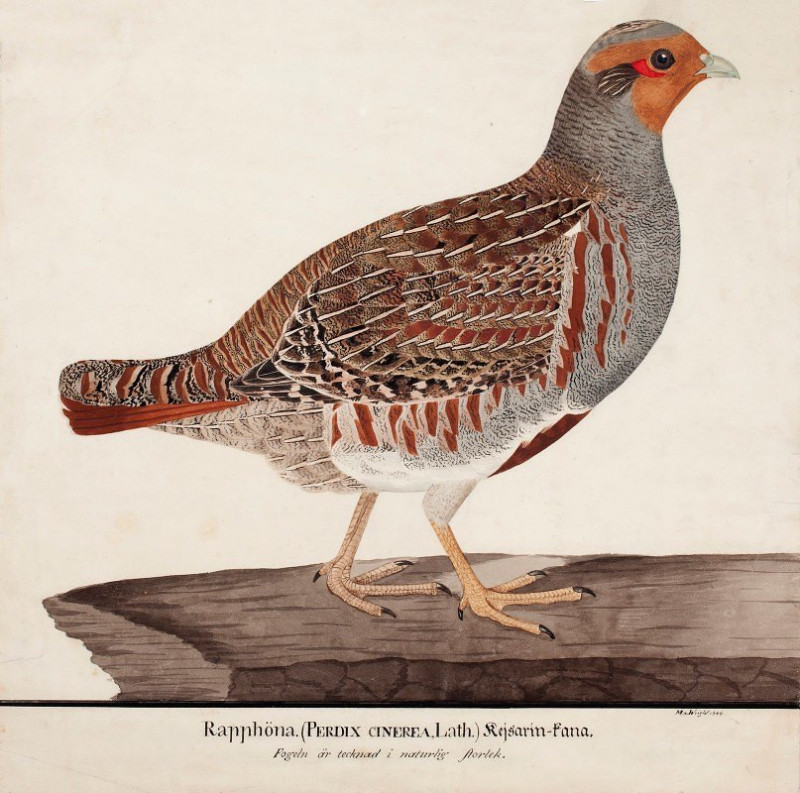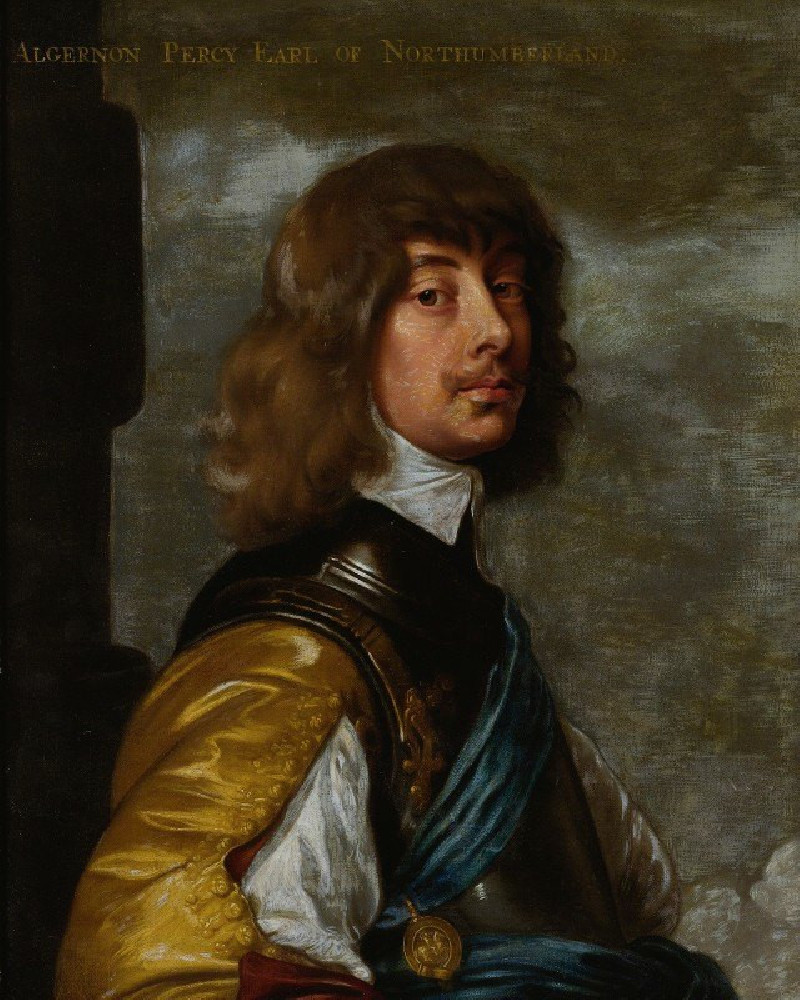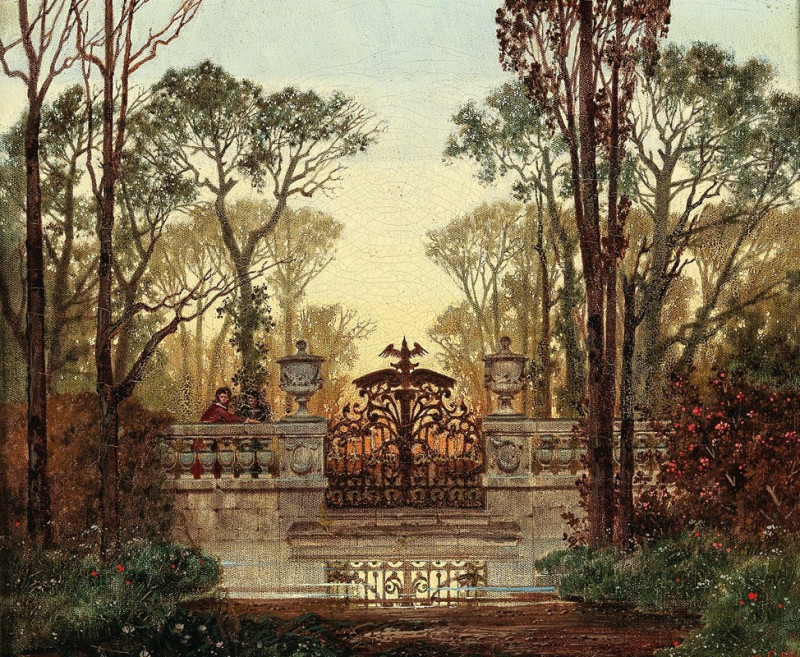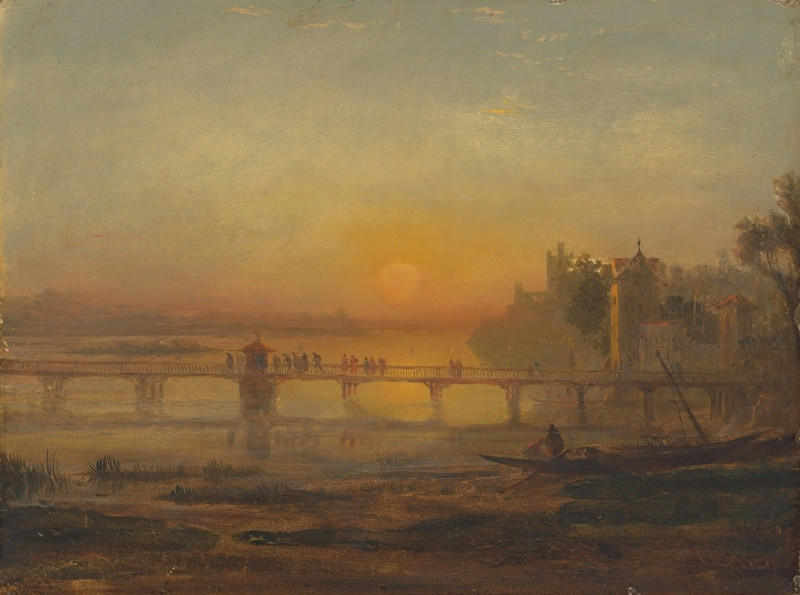Mimi As A Brunette
Technique: Giclée quality print
Recommended by our customers
More about this artwork
The artwork titled "Mimi As A Brunette" by Mary Cassatt predominantly features a portrait of a young woman sketched in a somewhat relaxed yet elegant pose. In this sketch, Mimi appears gracefully seated, looking slightly to her left with her head tilted in a gentle manner. The detailing on her facial features, especially around her eyes and lips, suggest a serene or contemplative mood.Cassatt's strokes are bold and confident, particularly noticeable in the delineation of Mimi's hair and the contours of her face. The way her hair is styled in an updo and adorned with what seems to be a flower adds a touch of delicacy to her portrayal. The incomplete aspects of the drawing surrounding her figure, including her attire and the background, exhibit loose, sketchy lines that suggest the artist's focus was intensely centered on capturing the essence and emotion of the subject rather than on intricate background details.The background elements are minimally defined, hinting at an interior setting without drawing attention away from the subject. This technique allows viewers to concentrate on the expressiveness and intimate portrayal of Mimi. The overall impression of this sketch by Mary Cassatt is one of simplicity coupled with a poignant sense of personality and presence, typical of her intimate and empathetic approach to portraying individuals, especially women and children.
Delivery
Returns
Mary Stevenson Cassatt was an American painter and printmaker. She was born in Allegheny City, Pennsylvania (now part of Pittsburgh’s North Side), but lived much of her adult life in France where she befriended Edgar Degas and exhibited with the Impressionists. Cassatt often created images of the social and private lives of women, with particular emphasis on the intimate bonds between mothers and children.
She was described by Gustave Geffroy as one of "les trois grandes dames" (the three great ladies) of Impressionism alongside Marie Bracquemond and Berthe Morisot.In 1879, Diego Martelli compared her to Degas, as they both sought to depict movement, light, and design in the most modern sense.


